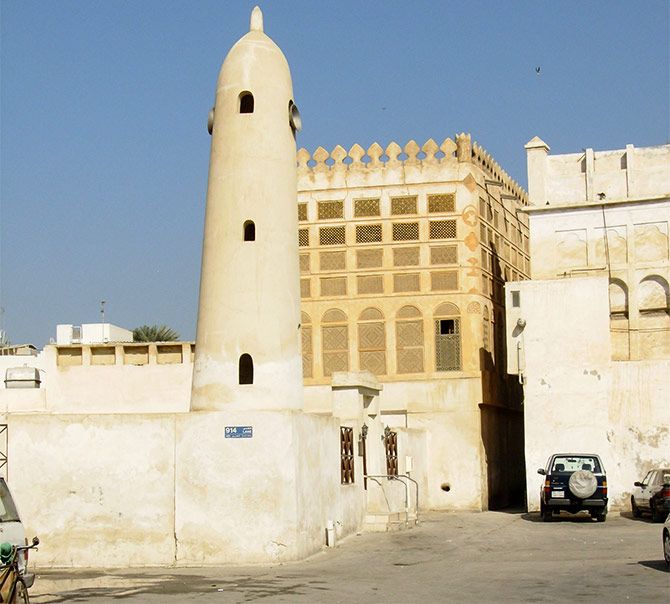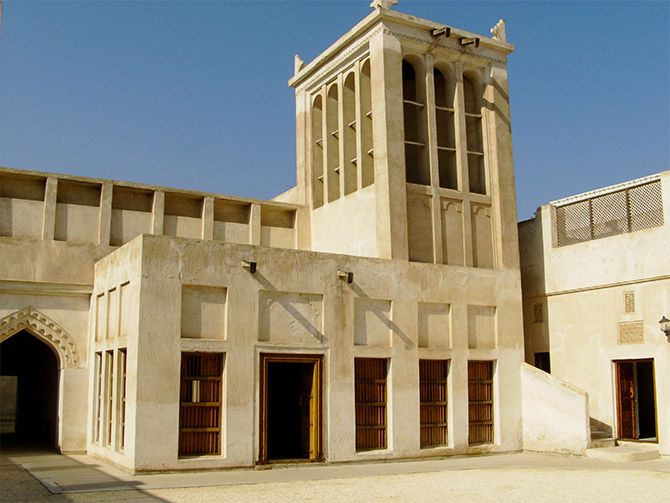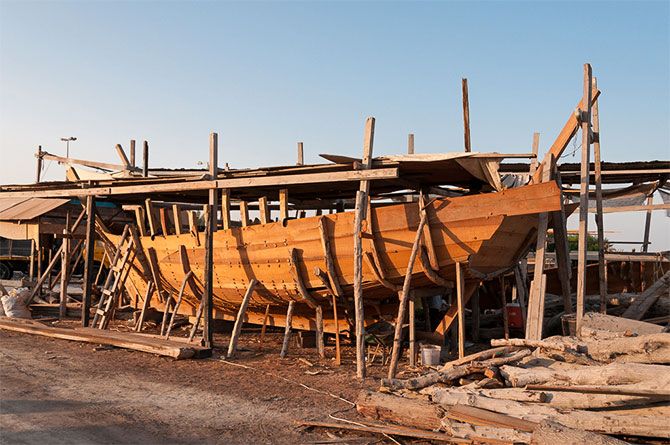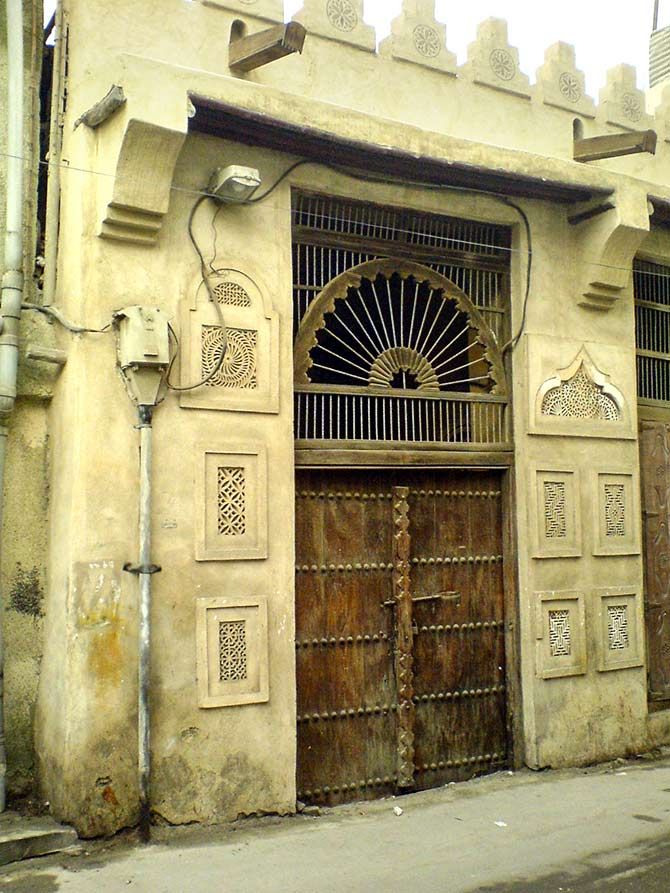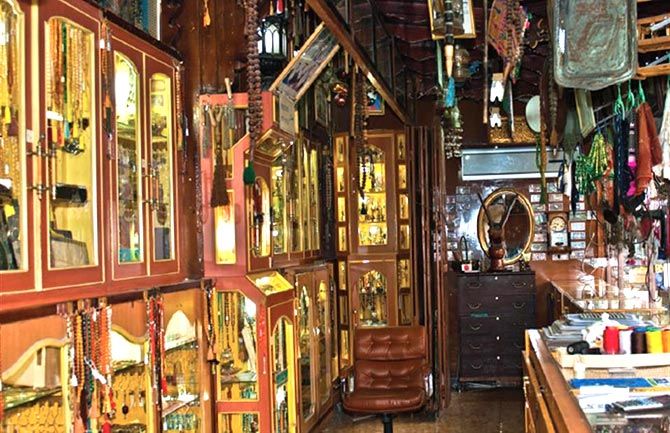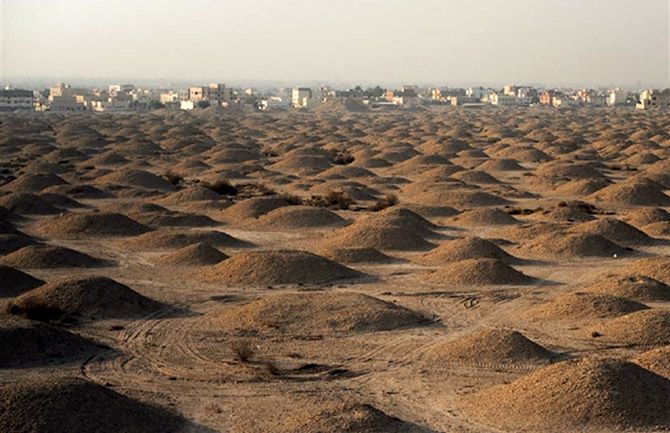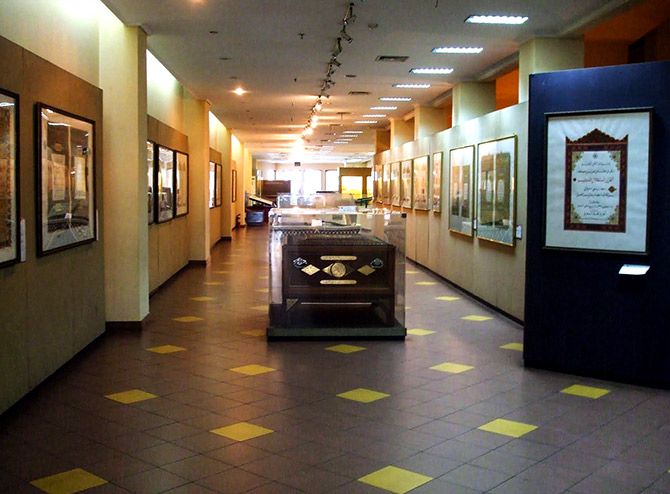One warm sunny day, Abhilasha Ojha stumbles upon the soul of Bahrain.
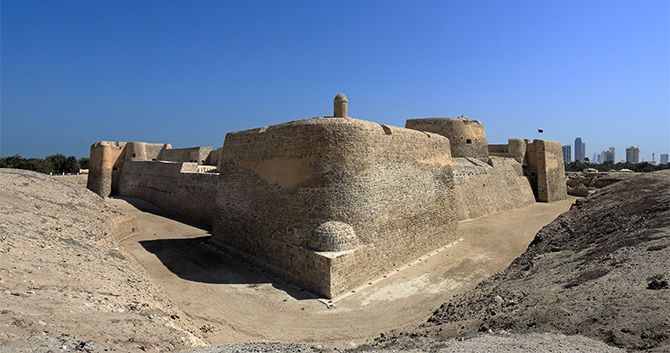
It is something of a truism to say that to truly understand a destination, one needs to explore its lanes and bylanes.
The labyrinth of passageways in Dubrovnik’s old city is rich with tales of a bygone era.
In the lanes of Paris, one can still stumble upon sculptures and artwork that afford a deeper engagement with the storied city.
The alleys of Benaras, echoing with the sounds of temple bells, provide an immersive experience like none other.

Clichés, after all, are based on truth.
Bahrain is no different.
One warm sunny day, I have a moment where I wonder if I have stumbled upon the soul of this island nation, an archipelago consisting of 33 islands.
I am walking through Muharraq's narrow streets and tiny alleyways, gazing at the area's low-rise, historic houses with traditional architecture.
The capital of Bahrain in the 19th century, Muharraq -- its old Arab-world charm notwithstanding -- reminds me of alleyways in European cities.
Were the cobbled pathways of this major pearling centre inspired from Santorini's white-washed streets? Could these hidden gems bear influence from a similar street in Athens?
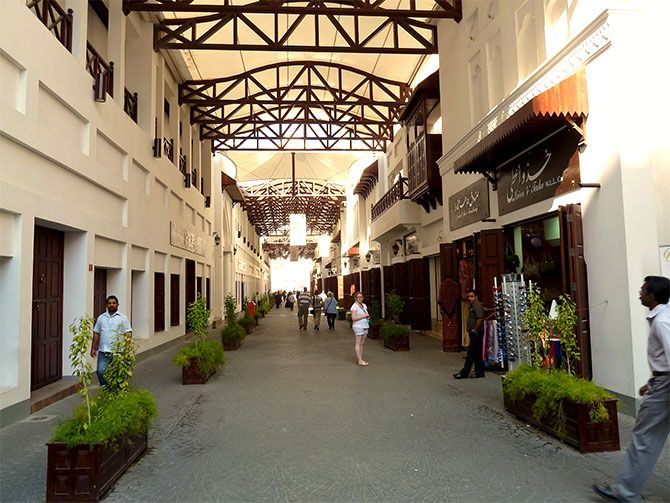
John Yarwood, author of Urban Planning in the Middle East: Case Studies, describes Muharraq as a 'traditional Gulf town which arose in the pre-capitalist era and a civilisation radically different from the western classical tradition'.
Muharraq gained influence after Bahrain's ruling family settled there in the early 1800s but became rundown in the early 1930s when Japanese cultured pearls eventually wiped out the old pearling culture. But, in its heyday, even Cartier found it impossible to ignore the unique pearls of Bahrain.
Once the pearling culture collapsed, many Bahrainis moved to Manama (the current capital).
Yarwood, whose architectural drawings were scrutinised almost a decade ago for the redevelopment of Muharraq, noted that several of the timber, faroush (a stone harvested from the sea) and plaster buildings fell into disrepair.
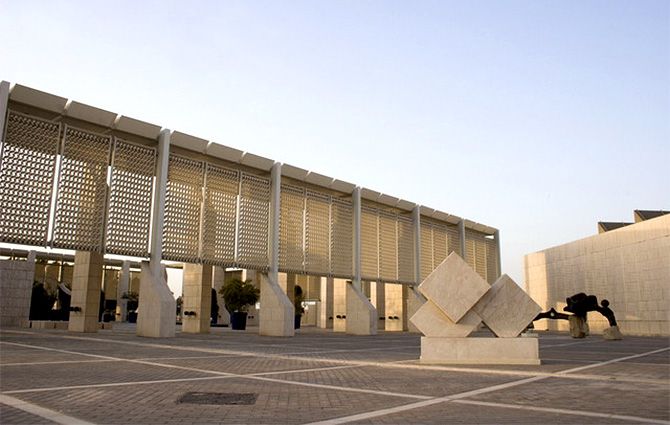
In the early 2000s, Shaikha Mai bint Mohammed Al-Khalifa, president of the Bahrain Authority for Culture and Antiquities, inaugurated the old capital's first major restoration.
And when, in 2012, pearling in Bahrain was inscribed on UNESCO's World Heritage List, the restoration received renewed momentum.
The listing drove the restoration of 17 buildings, three offshore oyster beds and the Qal’at Bu Mahir fortress.
Many of the restored buildings were once shops, storehouses and residences of wealthy merchants.
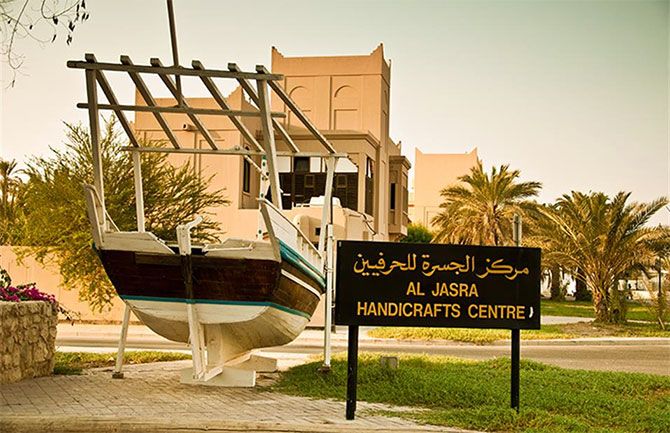
While walking through these lean lanes and absorbing the architecture is an invitation into the social fabric and culture of Bahrain, it is worth noting that there is a very clear mandate to encourage it as an art destination.
I catch the brightly-coloured, contemporary-styled wall mural by renowned French-Tunisian artist eL Seed, which complements the traditional architecture of Siyadi House, the restored residence of a well-known pearl merchant in the 19th century.
The same evening, on my way to a traditional Arabic dinner, I spot several such murals in Block 338, a pedestrian quarter teeming with international restaurants, art galleries and small boutiques.
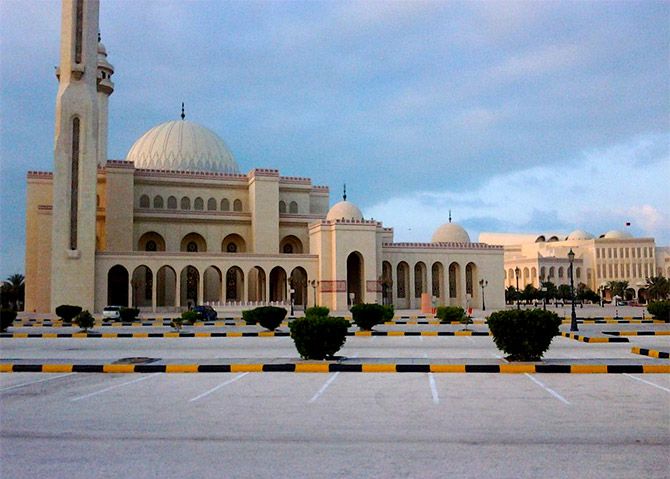
There's a sense of timelessness to be experienced in the quiet lanes of this area and it's in this quietude that Muharraq comes alive -- in my imagination.
I imagine how the traders and merchants might have sat in the courtyards, discussing business over coffee and hookah.
I think of how women must have worked together, laughing, gossiping while doing their painstaking work on garments with kurar -- the typical Bahraini gold and silver embroidery work.
I think of the numerous poets, artists, writers and scholars who would have gathered in majlis to discuss politics or visited the well-stocked library in Muharraq that boasted of newspapers purchased on a daily basis from all over the world.
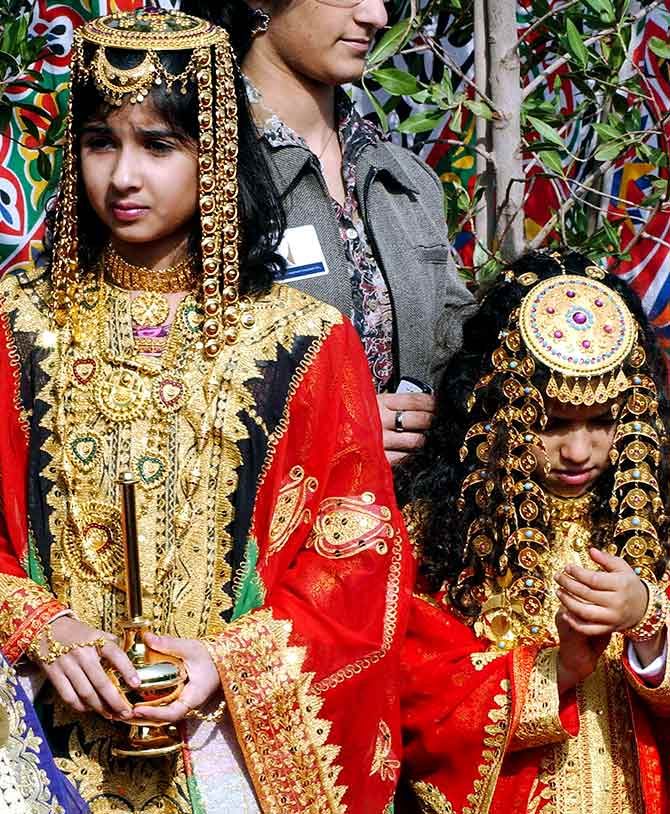
With the restoration of several old houses in Muharraq, the makeover of the area is unparalleled -- Bait Abdullah Al Zayed (House of Bahrain Press Heritage), Bait Mohammad Bin Faris (House of Music), House of Kurar (House of Embroidery) and Iqra House are some of the hidden gems that stand proudly in Muharraq, bearing testimony to the archipelago’s rich history.
Check out more images below!
• Qalat al Bahrain site and museum: Bahrain's rich trading history is reflected in numerous archaeological sites, the most fascinating of which is the Bahrain Fort.
• Block 338: Located in the heart of Adliya, Block 338 is a charming pedestrian quarter crammed with restaurants, galleries and boutiques.
• Bab al Bahrain: Gateway to the Manama Souq, for a traditional shopping experience.
• Bahrain National Museum: One of the first museums in the region, it opened in 1988 and features artefacts from 6,000 years of the Bahrain's history.
• A’ali burial mounds: These ancient burial mounds dominate the landscape north of the island and date to the 3rd century BCE.
• Old houses of Muharraq: Traditional Bahraini houses, now beautifully restored.
• Jasra House & Al Jasra Handicraft Centre: Live demos and workshops by weavers, potters and carpenters.
• Al Fateh Mosque: People from all over the world come to pray.
• Bahrain International Circuit: An adventure to be had in a Hummer on the circuit’s extreme 4x4 course.
• Bait al Quran: This distinguished museum showcases a significant collection of Quranic manuscripts and scriptures dating to the 7th century.
